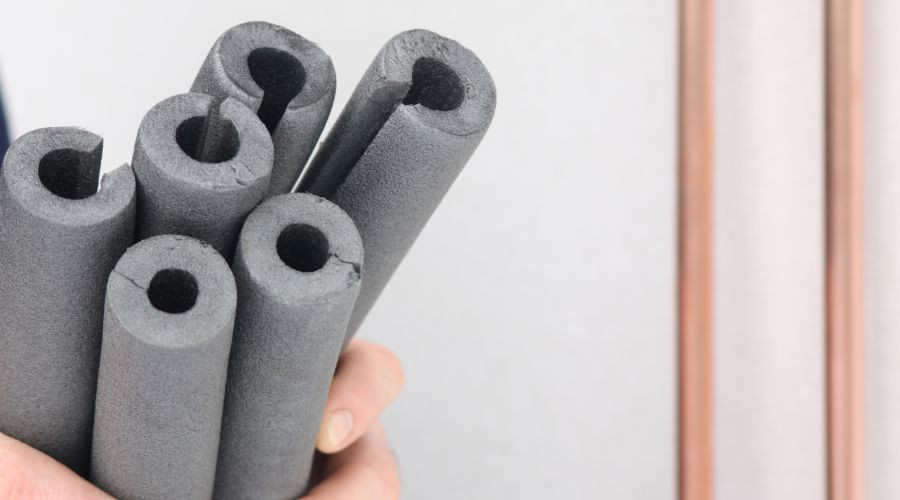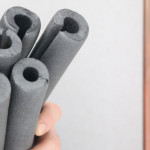Start Now to Protect Pipes From the Winter Cold
Winters can be harsh on the home, especially the plumbing. Every year, thousands of homeowners deal with plumbing complications caused by freezing temperatures. The most common plumbing problem associated with winter is frozen pipes that burst and cause floods. As a pipe freezes, it loses water pressure, depriving the family of water service. Then, it will likely burst and cause a flood that could cost thousands of dollars to rehabilitate.
Luckily, taking some time in the fall to prepare for winter can help homeowners avoid the headache of dealing with plumbing problems. Here is a quick guide to help stop frozen pipes before they can ravage a home.
Insulate the Pipes With Pipe Insulation
 Every home has pipes hidden everywhere in the structure. Pipes come up from the ground through the basement or slab of a home and then travel through walls, attics, and crawl spaces to reach their designated plumbing fixtures. In some cases, the journey that pipes have to take can expose them to frigid temperatures and potentially freeze. The first step in preventing this is to install pipe insulation on exposed pipes.
Every home has pipes hidden everywhere in the structure. Pipes come up from the ground through the basement or slab of a home and then travel through walls, attics, and crawl spaces to reach their designated plumbing fixtures. In some cases, the journey that pipes have to take can expose them to frigid temperatures and potentially freeze. The first step in preventing this is to install pipe insulation on exposed pipes.
Plumbers are a great resource for owners looking to prevent frozen pipes. Their knowledge and experience can help them locate pipes that may freeze and add insulation. If homeowners know of piping that has frozen in the past, they can add DIY insulation by simply purchasing it at a hardware store. Make sure the size of the pipe insulation corresponds to the size of the piping. Seal the seams with adhesive or duct tape to keep drafts from reaching the pipe.
Keep the Home Warm
 When plumbers add piping to a home, they must install it according to plumbing codes. One assumption that is usually made is that the home will be properly insulated and heated to ensure that the pipes always stay above freezing. If a home lacks insulation or if homeowners turn the thermostat too low, the pipes within the walls may not be protected by the home’s infrastructure.
When plumbers add piping to a home, they must install it according to plumbing codes. One assumption that is usually made is that the home will be properly insulated and heated to ensure that the pipes always stay above freezing. If a home lacks insulation or if homeowners turn the thermostat too low, the pipes within the walls may not be protected by the home’s infrastructure.
After pipe insulation is added, keeping the heater running is the next best way to prevent frozen pipes. Open cabinets near plumbing fixtures located on exterior walls to ensure good air circulation near the walls. Doing this can prevent cold pockets from forming around the water pipes below the sinks.
Disconnect Faucets and Outdoor Plumbing
The final step on a fall plumbing checklist is disconnecting and draining hoses from outdoor spigots. One of the most common causes of frozen pipes is hoses full of water left attached to hose bibs. Instead, drain the hose and store it for the winter. For added protection, hose bib covers can be added to prevent cold temperatures from entering interior plumbing.
Likewise, outdoor facilities like kitchens or showers should be decommissioned in the fall. Water supplies should be shut off and the appropriate piping drained to prevent a shocking surprise in the spring. By taking all of these steps, homeowners can simply avoid the hazards of frozen pipes.
About Swick Home Services
Swick Home Services has almost 50 years of experience helping locals navigate the winter. They protect plumbing and handle heating issues that may pop up in the winter. Call today for plumbing service in Marquette, MI.



